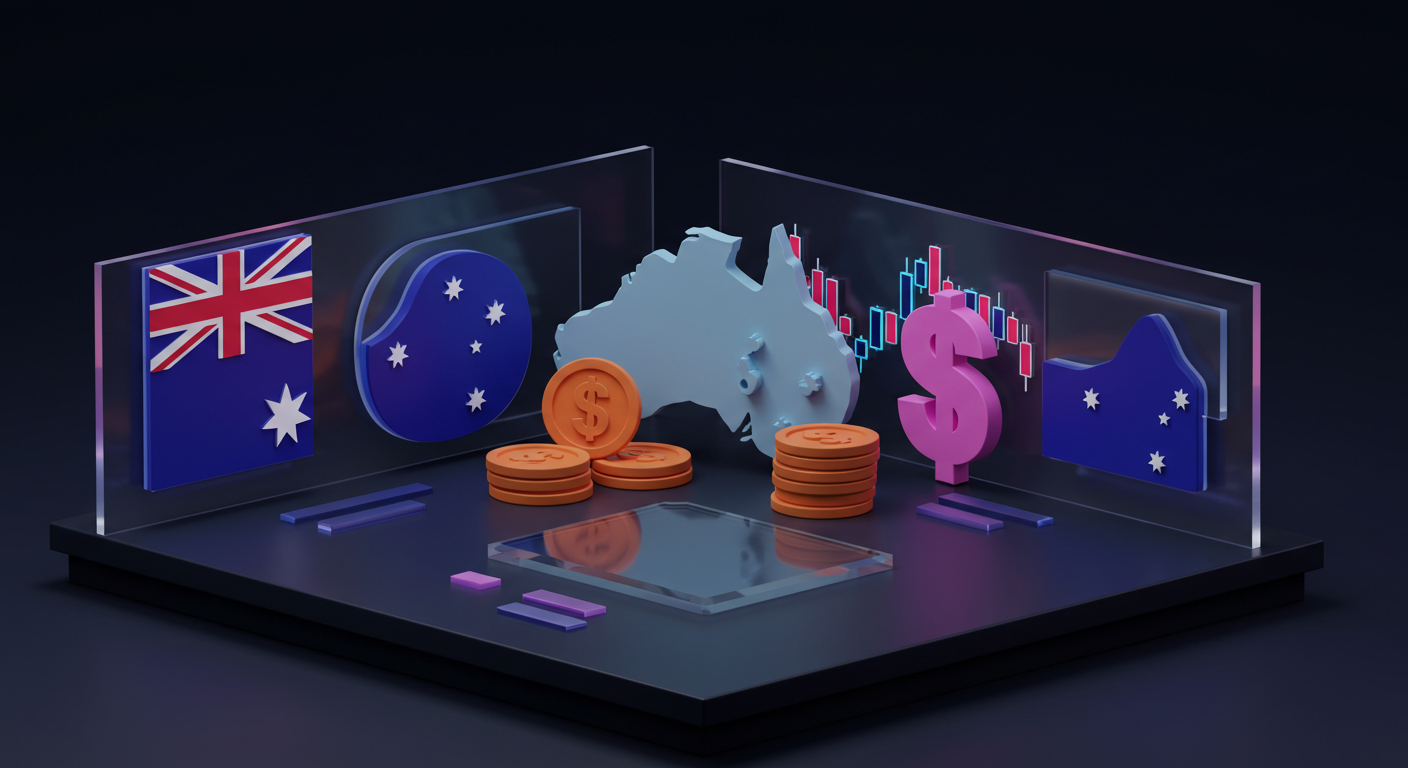
On Monday, the People’s Bank of China (PBOC) set the USD/CNY central rate at 7.1980, compared to 7.1889 from the previous Thursday and 7.3162 as per a Reuters estimate.
The PBOC aims to maintain price stability and support economic growth while implementing financial reforms to develop the market. It is state-owned, with key influence from the Chinese Communist Party Committee Secretary.
Monetary Policy Tools
The PBOC employs various monetary policy tools, including the seven-day Reverse Repo Rate, Medium-term Lending Facility, and foreign exchange interventions. The Loan Prime Rate serves as China’s benchmark interest rate, impacting loan and mortgage rates.
China permits 19 private banks, including digital lenders WeBank and MYbank, backed by technology firms Tencent and Ant Group. The sector has seen a gradual opening to fully capitalised private lenders since 2014.
What we’re seeing here is a calculated adjustment by the People’s Bank of China, pushing the yuan reference rate higher against the dollar than what the market had expected. By setting it at 7.1980, while market consensus sat around 7.3162, the central bank is issuing a clear signal about their intention to maintain currency strength. The central rate is not simply a guide—it’s closer to a monetary message. When the fix comes in well below forecasts, it usually tells us where the authorities think things should be heading.
For us, that means more than casual observation. This tighter-than-expected fix suggests there’s less willingness from policymakers to allow broad CNY depreciation. With this bias becoming more visible, we should anticipate more two-way movement around daily fixings and central bank liquidity operations. Bid-offer ranges may start to adjust accordingly, and existing carry structures that lean into yuan weakness might experience greater variance.
Balancing Economic Stability
Zhou’s influence at the monetary helm, shaped by his background and alignment with Party priorities, gives us a window into the kind of policy tone coming out of Beijing. This isn’t just about currency management, it’s about reinforcing authority amid global rate divergence. The PBOC is in a balancing act between preventing excessive capital outflow while simultaneously anchoring inflation and credit expectations. Currency fixing, repo operations, and rate setting? All part of the same set of controls designed to preserve stability while giving banks enough space to function.
As for the private banking side, 19 digital and privately-backed banks remain a side node, but not an irrelevant one. The introduction of entities like those backed by Tencent and Ant creates a parallel layer of liquidity and credit flow, albeit, still supervised under very firm regulatory latitude. While these institutions hold limited power in rate determination, they can add noise in retail and small business credit channels, which are sensitive to broader monetary signals.
Derivative positions tied to Chinese yields or FX ought to prepare for tighter guidance and a pause in any assumptions of relaxed monetary posture. Swaps, options, or spreads that benefit from freer capital movement or depreciation will need constant recalibration—especially if daily fixings keep swerving off market predictions. Watch for dollar liquidity injections via reverse repos as another cue.
Also, don’t underestimate moves in China’s Loan Prime Rate. When the PBOC shifts it—even slightly—it adjusts the broader tone for credit risk assumptions across rates markets. That baseline affects everything from interbank swap curves to tenor-based pricing in structured trades. With CNY guidance leaning stronger than expected, and key rates potentially steady, the coming sessions may invite reassessments of curve steepening trades.
Lastly, liquidity provisions should continue to be monitored closely. Any MLF injections or repo operations over coming weeks will be deliberate, and probably pre-emptive rather than reactive. When that happens, it’ll likely be part of a broader effort to manage funding expectations, especially as month-end or key economic readings draw near.
Strategically, monitor policy rate anchoring and central rate deviations as leading indicators. Don’t treat them as lagging reflections. If those diverge from swap-implied expectations, it’s time to re-price.







